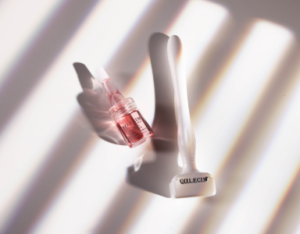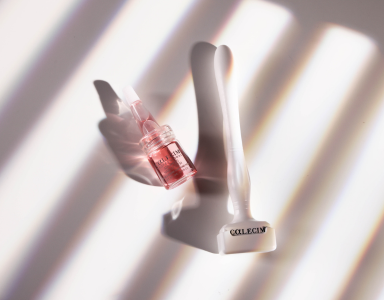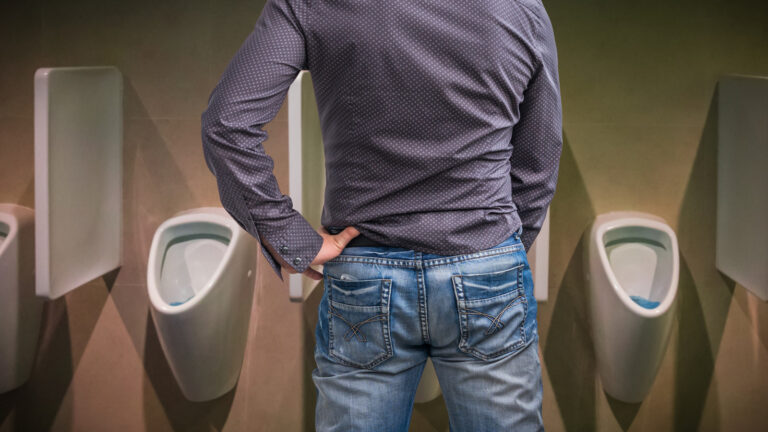
In light of these misleading claims, should you be using foam rollers then? Experts seem to agree that what foam rolling can do is improve your perception of pain, boost blood flow to the areas that are being “massaged,” and act as a part of the puzzle when it comes to warm-up, recovery, and fitness. So it’s definitely not the worst thing you can possibly do after a workout. Plus, per a 2022 systematic review and meta-analysis published in Sports Medicine, foam rolling, when done for a duration of four weeks or more, could increase muscle and joint-specific range of motion.
That being said, it’s important to know how to use the recovery tool correctly and not rely on it to deliver more than it can. Your body and its intricate parts and mechanisms have particular ways of moving and behaving. It might be helpful to dig into those specifics before using any fitness or recovery-related tool. That way you can distinguish between the real health benefits of foam rolling and the misleading ones.
Even though the evidence behind some of the supposed benefits of foam rolling isn’t that great, “we can’t necessarily ignore the argument of ‘it feels good.’ … If people just like doing it because it feels good, we don’t have any major reason to stop them,” shared musculoskeletal physiotherapist Khalid Maidan (via Clinical Physio). The problem, perhaps, is the fact that there could be a sense of “over-selling” of the recovery mechanism. Some of its benefits have been researched. Some need more data.























